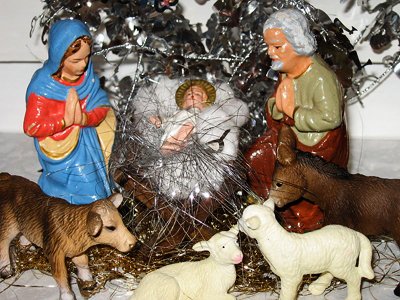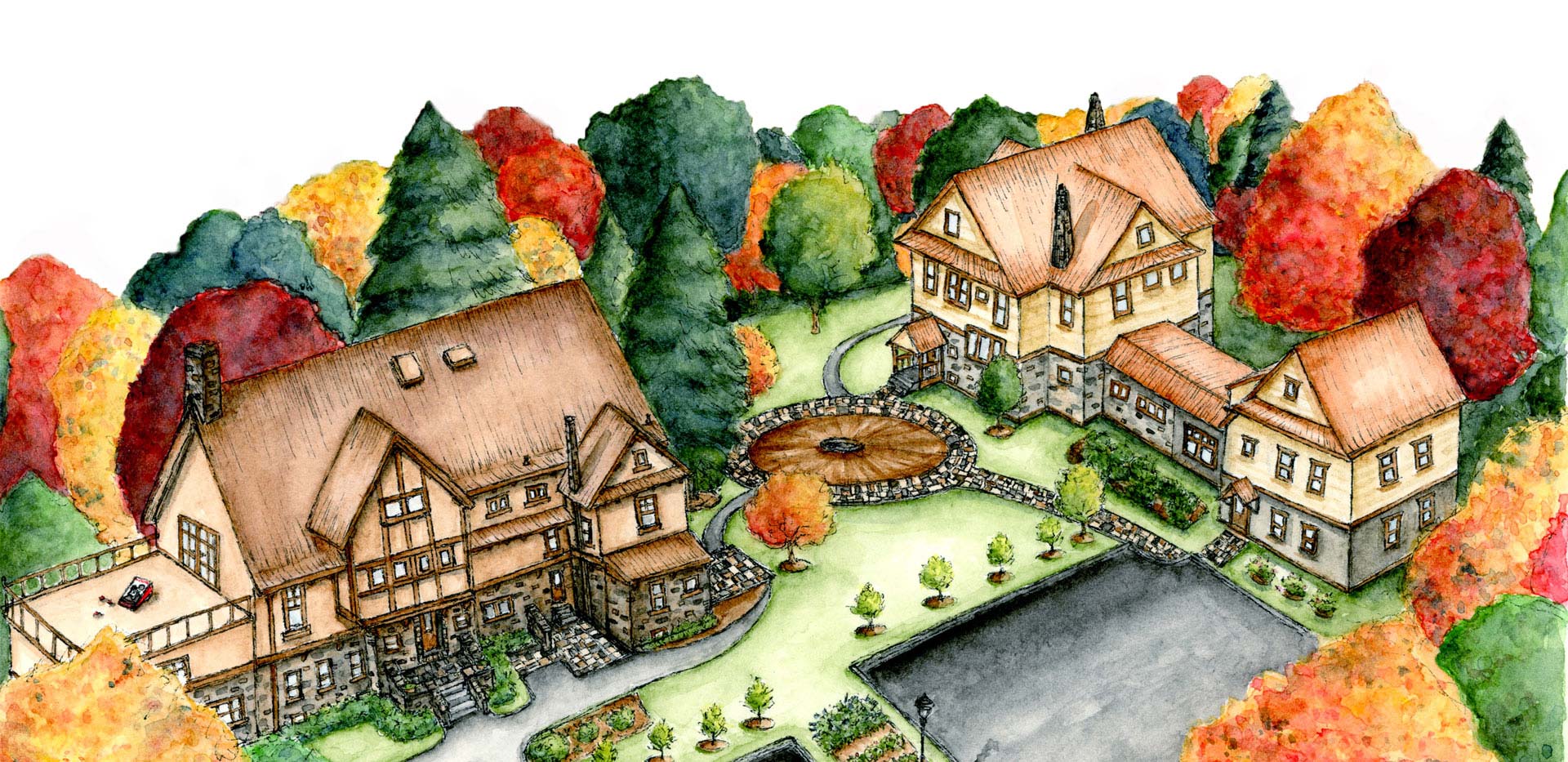
Once a year, the world turns upside down. Strangers act friendly, music sounds happy, and even grown-ups go sledding while trees come in from the cold. In remembrance of the First Cause of Festivity, we dust off figurines of mother and child, shepherds and sheep, asses and angels. But why? What’s the connection between the figurines and the festivity?
Some say that what really matters is “the spirit of Christmas.” They value vacation, gift-giving, and “quality time” –in short, the festivity without those religious figurines. But as Chesterton pointed out a century ago, this accomplishes the very opposite of what is intended: “So far from preserving the essentials without the externals, it is rather preserving the externals where there cannot be the essentials.”
Consider weddings. The merry-making, Chesterton says, “is subordinate to the marriage; because it is in honour of the marriage. People came there to be married and not to be merry.” So too with Christmas. Singing and dancing follow from the fact that something actually happened. “The more we are proud that the Bethlehem story is plain enough to be understood by the shepherds, and almost by the sheep, the more do we let ourselves go, in dark and gorgeous imaginative frescoes or pageants about the mystery and majesty of the Three Magian Kings.”
Those who invoke reason over religion, by contrast, are left with no reason for festivity. “People are losing the power to enjoy Christmas through identifying it with enjoyment,” Chesterton writes, for “you cannot suddenly be frivolous unless you believe there is a serious reason for being frivolous.” This is a problem for the religion of rationalism: “Mr. Swinburne does not hang up his stocking on the eve of the birthday of Victor Hugo. Mr. William Archer does not sing carols descriptive of the infancy of Ibsen outside people’s doors in the snow.”
When it comes to mangers and pageants, of course, most are sanitized and sentimentalized. The problem is not primarily the absence of miniature manure, but the lack of context. The Magi did not inquire after a cute baby under a big star, but after “the one who has been born king of the Jews.” In the time of King Herod, these were fighting words.
To re-contextualize such scenes, we might consider adding a King Herod action figure behind the stable. This may not help Precious Moments’ manger marketing, but it would contrast the serenity of the stable with the warfare of the world. Advent, in the words of Fleming Rutledge, “is primarily about the rending of the heavens and the coming of the Lord in power and glory to take the creation back for himself.”
In this context, we see more clearly why mangers matter, and why discarding divinity decreases enjoyment. “The result of dismissing the divine side of Christmas and demanding only the human,” as Chesterton put it, “is that . . . you are asking men to illuminate the town for a victory that has not taken place.” Mangers matter because they signify battle victory.
Of course, figurines do not guarantee festivity, much less faithfulness. Christmas rituals, like all rituals, can be hollow forms. But just as the institution of marriage exists to sustain love, religious rituals exist to sustain faith. Like liturgy and other forms of the faith, those figurines are for facilitating faithfulness and festivity. Chesterton: “The great majority of people will go on observing forms that cannot be explained; they will keep Christmas Day with Christmas gifts and Christmas benedictions; they will continue to do it; and some day suddenly wake up and discover why.” Indeed, the world turns upside down once a year for the simple reason that God became man.


